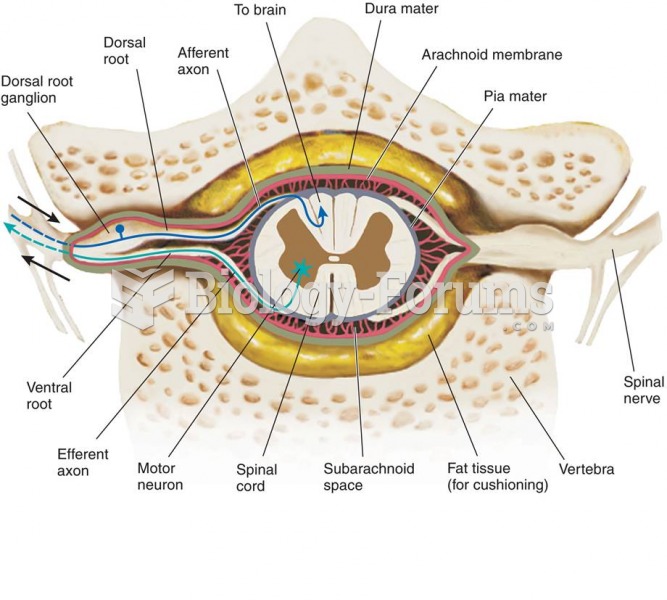Answer to Question 1
B
Answer to Question 2
Self-efficacy refers to the belief people have about how capable or prepared they are to meet the demands of particular tasks. A student who feels he can write a high-quality essay but does not feel capable of writing good poetry can be said to have a high level of self-efficacy for essay writing and a low level of self-efficacy for writing poetry. A student who watches a classmate learn how to use various computer programs and believes she can learn to do that too can be said to have a high level of self-efficacy for learning how to use computer programs.
Self-efficacy provides much of the motivation for students to use self-regulation skills such as
concentrating on the task, creating an appropriate work environment, creating strategies, using appropriate tactics, managing time effectively, monitoring one's progress, and making necessary changes to improve performance on future tasks. Students who believe they have the capabilities to meet the demands of a particular task are more likely to use these processes than students who feel poorly prepared. Students with low levels of self-efficacy are likely to avoid challenging tasks and rely excessively on others for help.
A person's self-efficacy is affected by past accomplishments, the statements others make to persuade us that we are capable of carrying out a task, the emotions particular tasks arouse, and the inferences we draw from watching other people perform the same task. A person who has successfully carried out a particular task in the past, is told by others how capable he or she is, feels calm and self-assured in the face of a particular task, and watches others who are similar successfully perform the task, is likely to have a high level of self-efficacy.







